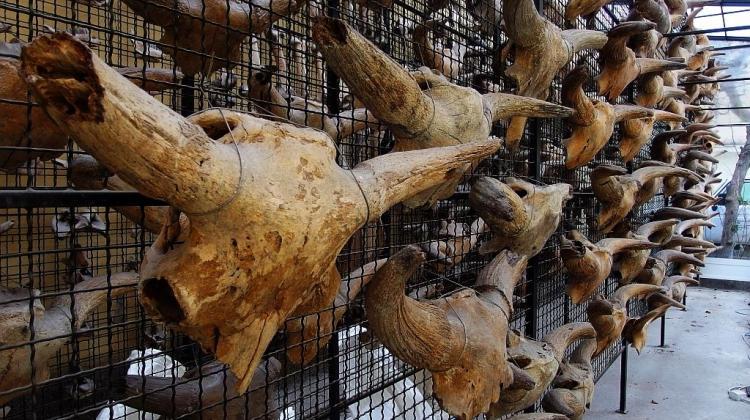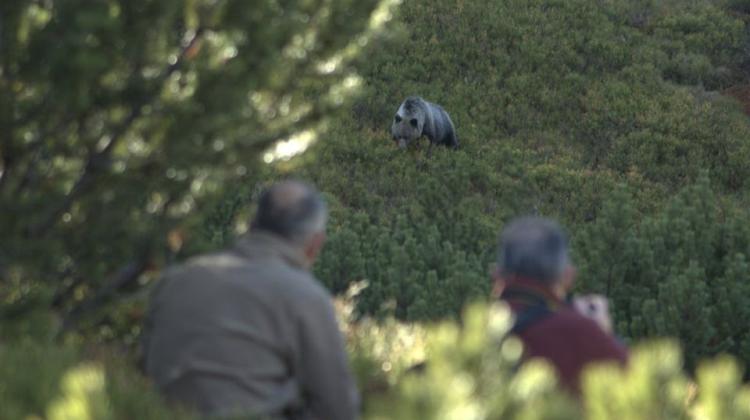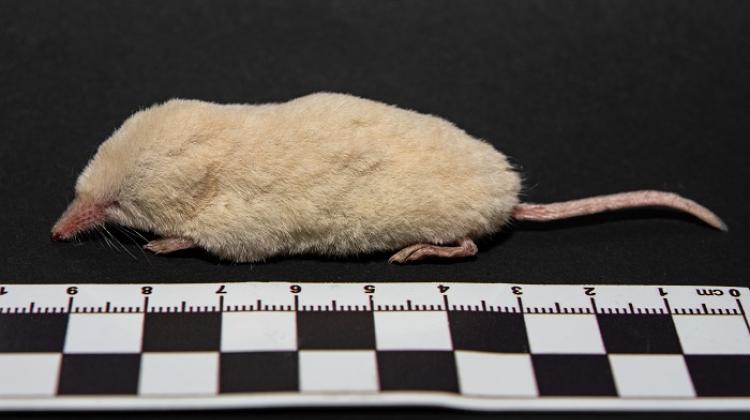Museum and scientific collections of mammals are dominated by males
 Steppe bison collection at the Natural History Museum in Belgrade, Serbia; photo by Rafał Kowalczyk
Steppe bison collection at the Natural History Museum in Belgrade, Serbia; photo by Rafał Kowalczyk
Collections of fossil and modern mammals are dominated by males, although the share of each sex should be roughly equal according to the structure of the sex of the offspring at birth. Scientists from an international team, including Polish researchers, write about it in PNAS.
The male to female ratio among offspring of mammals rarely deviates from 1:1. Logically, the share of both sexes in collections of mammals collected during excavations or obtained for museum or scientific purposes should be similar. But researchers from the Australian Centre for Ancient DNA at the University of Adelaide in collaboration with researchers from the Mammal Research Institute of the Polish Academy of Sciences in Białowieża have determined that males dominate in collections of fossil and contemporary mammals.
The study results have just been published in the scientific journal Proceedings of the National Academy of Sciences of the United States of America. Researchers shared their conclusions in a press release sent to PAP.
Using state-of-the-art fossil DNA sequencing methods, scientists tested nearly 300 specimens of European bison, steppe bison and late Pleistocene bear to determine their sex. It turned out that approx. 75 percent specimens of these groups were male. Earlier, another research team obtained similar results for the mammoth.
To answer the question of what factors could affect such a large predominance of males among the tested specimens, researchers examined a number of factors, including the degree of bone remains preservation and fossil DNA degradation. They hypothesized that sexual dimorphism could increase the likelihood of preservation of male specimens due to their larger size and bone density. However, neither the age of the bones nor their type, size, geographical location or altitude could explain the observed deviation.
To see if this sexual anomaly applied to fossil specimens only or to contemporary mammal collections as well, the collections of several European and American museums were analysed. As with fossil mammals, male predominance was observed among representatives of most orders of mammals, except for bats.
A possible explanation for male predominance in fossil mammal collections could be their spatial behaviour. Due to their larger size, males have greater space needs, they occupy larger living areas, migrate more often and at greater distances than females. As a result, male specimens are much more common than female specimens, which, especially in herd species like bison, have a more clustered distribution, and therefore are more difficult to find during random search.
A slightly different explanation has been proposed for contemporary mammal collections. In this case, the predominance of males may result from the fact that they are more often obtained for collections due to their larger size, coloration, possession of antlers (in deer), or legal regulations protecting females to a greater extent in many countries.
But the predominance of males in collections of fossil animals does not appear to be universal. Literature data indicate that in several extinct species of New Zealand moa birds, the sex ratio in collections is reversed. In these species, females played a dominant role and were more than twice as large as males. It seems, therefore, that not the mere fact of being male, but larger body sizes and spatial behaviour are important factors affecting the sex ratio in fossil records. (PAP)
zan/ kap//
tr. RL
Przed dodaniem komentarza prosimy o zapoznanie z Regulaminem forum serwisu Nauka w Polsce.


















